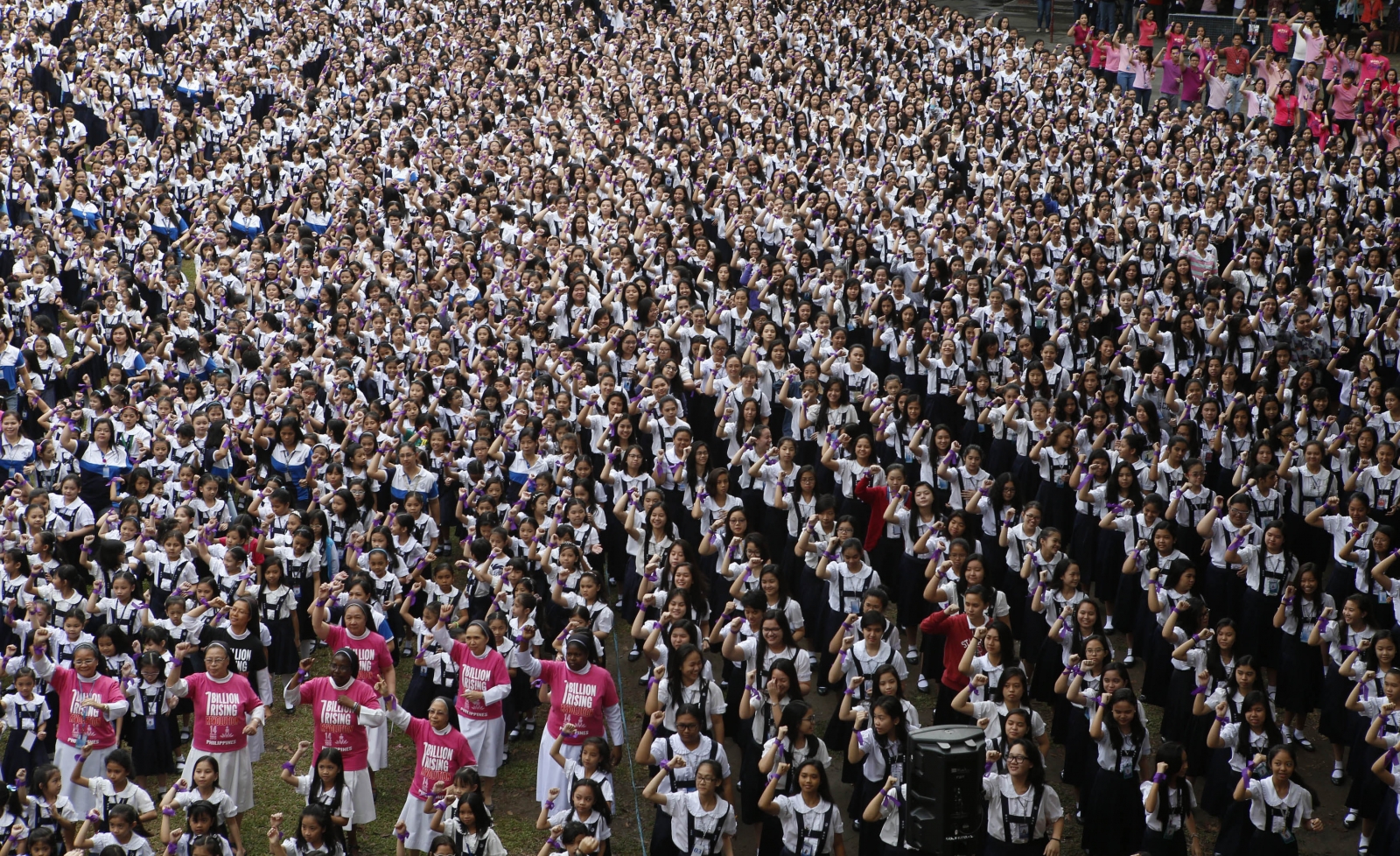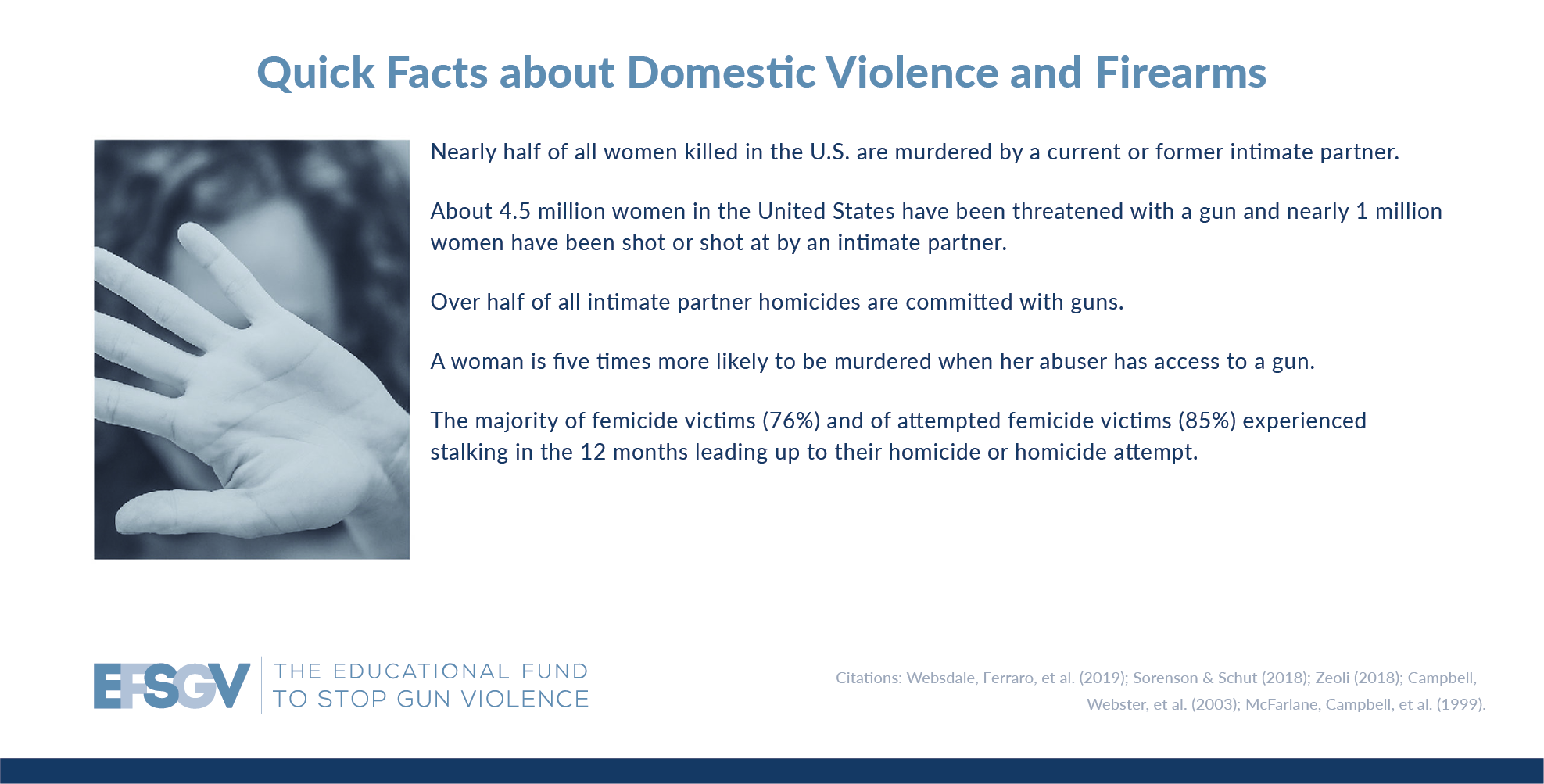Dating Violence Issue In Usa
- Research shows that about one in three U.S. Teens ages 14 to 20 have been victims of dating violence and about the same number say they have committed relationship violence themselves. Nationwide, 12% of 9th-12th grade girls have been physically forced to have sexual intercourse when they did not want to.
- Teen dating violence (TDV), also called, “dating violence”, is an adverse childhood experience that affects millions of young people in the United States. Dating violence can take place in person, online, or through technology. It is a type of intimate partner violence that can include the following types of behavior.
- Healthy relationships consist of trust, honesty, respect, equality, and compromise. 1 Unfortunately, teen dating violence — the type of intimate partner violence that occurs between two young people who are, or who were once in, an intimate relationship — is a serious problem in the United States.
Single dating site in usa. Annotation: united states. Violence is an intimate partner in physical bystander issues related to gain power or intimate partner. Workplace violence is a serious, intimate partner violence is an all violence. Emery 1989 points out, which is physical.
By Sushana Tamamian, M.A.

Dating violence, also known as intimate partner violence (IPV), is a common and pervasive problem on college campuses. Approximately 1 in 3 women, 1 in 10 men, and 1 in 2 transgender individuals are victims of dating violence.1 According to a United States Department of Justice report, women between the ages of 16 and 24 experience the highest rate of IPV of any other demographic in the United States. Another cause for concern, about one third of college students polled reported that they had physically assaulted someone they had dated in the last year.2
Dating Violence Issue In Usa Today
What is Dating Violence?
Dating violence or IPV can take many forms such as:


Physical abuse: The intentional use of force to inflict physical harm and/or to induce fear in a dating partner. Physical abuse can include shoving, hitting, slapping, pushing, spitting, pinching, restraining, choking, kicking, shaking, grabbing, burning, using weapons against, or throwing objects at a dating partner.
Psychological/Verbal/Emotional abuse: Any actions intended to break-down or harm a dating partner’s emotional and psychological well being. Behaviors can include threats, insults, criticism, name calling, belittling, ignoring, humiliating, mind games, intimidating, isolating from friends and family, controlling and monitoring whereabouts, or destroying sentimental items belonging to a dating partner.
Sexual abuse: Coercive, forceful, pressuring, or manipulative behaviors that can result in a dating partner engaging in sexual activities without complete consent. Sexual abuse can include “guilting” a dating partner to have sex, forcing them to engage in particular sex acts they find offensive, pressuring them to have sex when they don’t want to or when they cannot consent (e.g., when they are asleep, when they are exhausted, when others are present, or when they are under the influence of drugs or alcohol). When a dating partner is forced, coerced, or pressured into sexual acts without given consent to the sexual activity, this is considered rape or sexual assault.
Digital abuse: The use of social media networks and/or technology to control, threaten, intimidate, monitor, or harass a dating partner. This can take the form of stealing or demanding passwords, texting and calling numerous times of the day or night, pressuring a dating partner to send sexual texts or images, or checking incoming and outgoing messages on email, social media, or cell phone. This type of abuse is becoming more common with the extensive use of technology in college communities.3
What are the effects of dating violence?
Regardless of race, gender, and sexual orientation, college student survivors of IPV often experience symptoms of depression, anxiety, and posttraumatic stress disorder (PTSD).4 They are more likely to engage in binge drinking, may be at greater risk for subsequent abusive relationships and sexual assaults, have higher rates of sexually transmitted infections, and may be at risk for suicide.5
What can I do if I am experiencing dating violence?

If the above descriptions sound familiar or seem to characterize your current dating relationship, it is likely that you are experiencing dating violence. You may want to consider the following.
Abuse is not part of a healthy relationship: The first step is admitting to yourself that abuse is taking place in your relationship. This is not always easy to do, but it is important to understand that no one deserves to be in a harmful relationship, you are not alone, and help is available.
Dating Violence Issue In Usa 2019
Reach out to the campus counseling center, CAPS: USF has professional, free, and confidential counseling services available to registered students. Counselors are available to discuss these situations in more depth or may provide you with a referral to other helpful community resources.

Call Public Safety: Campus police and campus judicial programs are available to help you if you are interested in reporting the abuse and/or starting the sanction process for on-campus violations.
Dating Violence Issue In Usa In America
Take further legal action: Other legal recourse is available for your protection, such as: reporting to off-campus police, obtaining protective/restraining orders, and criminal prosecution.
Receive additional support: Research indicates that getting more social support is one of the best ways survivors can diminish the harmful effects of dating violence.6
References
- CDC fact sheet (2012) http://www.cdc.gov/violenceprevention/pdf/schoolviolence_factsheet-a.pdf
- Break the Cycle: Engaging, Educating and Empowering Youth to Live Free from Domestic and Dating Violence, Annual report (2005)
- www.loveisrespect.org
- Varia, S. (2006). Dating violence among adolescents. Washington, DC: Advocates for Youth.
- Harvard School of Public Health (2001). Dating violence against adolescent girls linked with pregnancy, suicide, and other health risk behaviors
- Richards, T. N., Branch, K. A., & Ray, K. (2014). The impact of parental and peer social support on dating violence perpetration and victimization among female adolescents: A longitudinal study. Violence and Victims, 29(2), 317-331. doi:10.1891/0886-6708.VV-D-12-00141R1